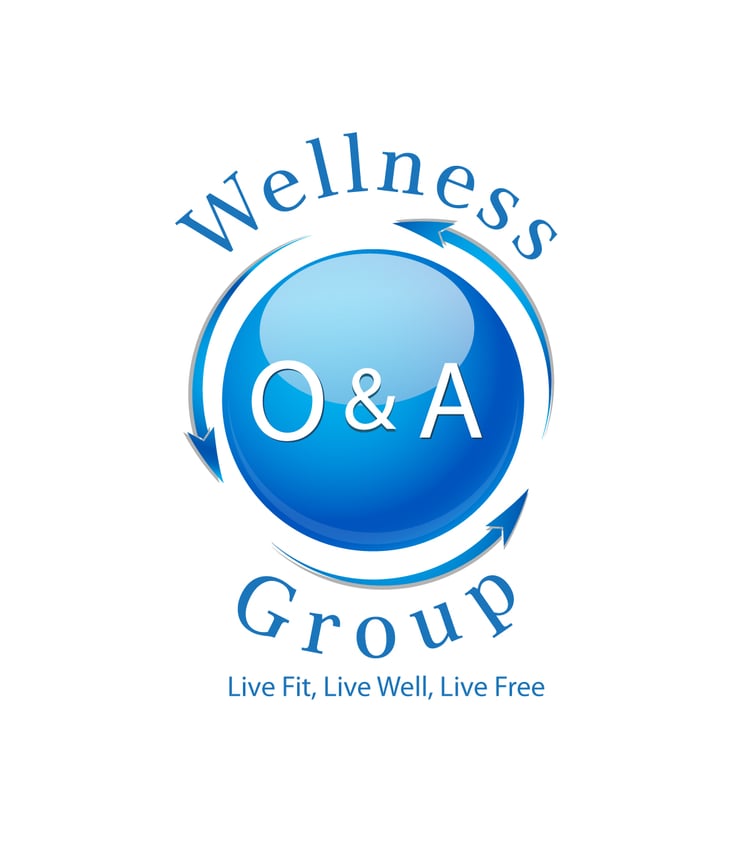What is Reiki?
The awareness that an unseen energy flows through all living things and directly affects the quality of that being's life and health has been prevalent in many cultures of the world since the beginning of time. This life energy is called by many names such as Chi (Qi) in China, Ki in Japan, Prana in India, Emi among the Yorubas of Africa, Ti or Ki by ancient Hawaiians, Tachyon energy, orgone energy, elan vital, and biofield energy by modern day quantum physics and science.
When your life energy is low, it is more difficult to deal with stress; it may become difficult to sleep or sleep deeply, and you may become more suceptible to illness. When your life energy is strong, you feel strong; you can easily deal with stress and are less likely to become ill. Reiki is a technique that increases a person's supply of life energy.
What is a Session Like?
Reiki is administered through the hands of the Reiki practitioner with the client lying fully clothed on a massage table. A session of Reiki usually lasts 1 hour. In addition, we also offer shorter sessions of Reiki. The Reiki practitioner places her hands at locations around the head, shoulders, abdomen, legs, feet and back. Tissue is not manipulated during Reiki. The practitioner's hands are simply held at each location and the hands could be touching the client's body. Reiki energy flows from the practitioner's hand into the client's energy field and body. A Reiki session feels like a wonderful glowing radiance that surrounds and fills the client. Clients typically feel relaxed and peaceful. Reiki promotes well-being and healing in clients who regularly receive it.
Benefits:
Reiki energy allows muscles to relax and increases blood flow to treated areas, which in turn quickens the healing process. Practitioners and clients report help with stress, headaches, insomnia, upset stomach, sprains and other minor conditions. Occasionally, miraculous results are reported. Reiki also promotes psychological healing including release of anger, fear, worry, sadness and other unhealthy feelings and replaces them with self-worth, confidence and tranquility.
Use in Hospitals
Reiki is becoming increasingly popular within the medical community with over 800 hospitals across the U.S. offering Reiki as a standard part of hospital care. A research study at Hartford Hospital in Hartford, Connecticut indicates that Reiki improved patient sleep by 86%, reduced pain by 78%, reduced nausea by 80% and reduced anxiety during pregnancy by 94%. In addition, nurses report that Reiki helps patients heal faster with less pain, reduces stress and improves mental attitude, improve appetite, and reduces the negative side effects of chemotherapy, radiation and other medical procedures.
Beyond Traditional Reiki
We offer other types of Reiki in addition to Usui/Tibetan Reiki. We offer Karuna Reiki(R) and Shamanic Reiki. Karuna Reiki (R) was developed by William Rand of International Center for Reiki Training. Karuna adds another dimension to Usui System and allows our practitioners to better serve our clients. Shamanic Reiki combines elemental Shamanic healing with Reiki healing system to offer our clients deeper healing. Our clients who have experienced Karuna Reiki (R) or Shamanic Reiki report deep release of negative thoughts, increased sence of well being and subconscious healing.
Reiki Classes
Classes are available for those wishing to learn how to give Reiki sessions. Reiki is simple and easy to learn; anyone can learn it, and there are no prerequisites. Once you've learned, you can give Reiki to yourself or others.
History
Reiki was developed in Japan in 1922 by Mikao Usui and was brought to the West in 1937 by Hawayo Takata. The popularity of Reiki has grown exponentially in the past few decades. A survey coonducted in 2007 indicates that in the 2006, 1.2 million adults and 161,000 children in the U.S. received one of more Reiki sessions.
